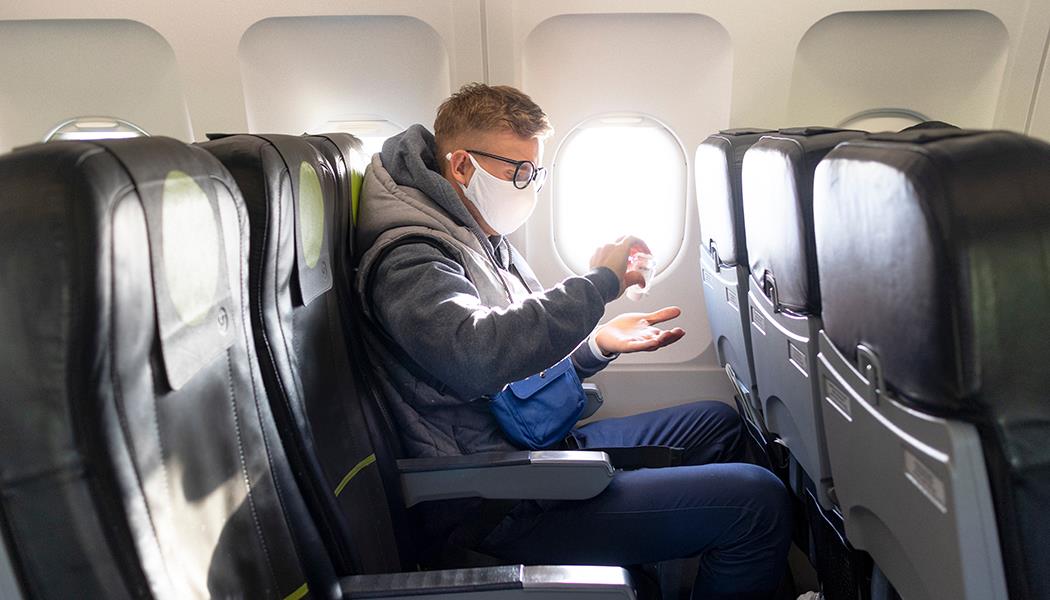
New CDC guidelines: How soon can you travel after being vaccinated?
The CDC has finally loosened travel restrictions for those who have been fully vaccinated, allowing those who are, for the most part, immune to the coronavirus to resume domestic & overseas travel without having to self-quarantine. As well, those who are fully vaccinated can skip the return coronavirus testing process so long as they wear masks while in public.
“The science is constantly evolving”, explained CDC Director Rochelle Walensky, who told reporters last Friday that the new guidelines regarding travel are based on new studies which show that fully vaccinated people are unlikely to transmit COVID-19.
However, with this news comes a warning. While some restrictions have been lifted, the CDC still recommended that people should still avoid traveling as we’re still in the middle of a global pandemic. “Despite the good news on the vaccination front, we simply cannot afford to relax the prevention strategies”, Walensky added. So, just what exactly is going on with travel guidelines, the vaccines, and COVID-19 in general?

New CDC guidelines coming in hot
We’re officially past the one-year mark from when COVID-19 forced the U.S. into lockdown, all thanks to a virus that has killed more than 550,000 people. Now, with the vaccination process being ramped up thanks to a variety of safe & effective vaccines, as well as the fact that more than a million people are getting the shot daily, the CDC has seen it fit to loosen some of the previously recommended restrictions, but with caution.
“The science shows us that getting fully vaccinated allows you to do more things safely”, says Walensky. This, of course, might stem from the fact that the Biden administration has been under fire for the last month for reportedly failing to update travel restrictions as well as other information for those who have been fully vaccinated.
In response, White House Press Secretary Jen Psaki said the following: “That’s a private-sector initiative and one that we expect that they would be the drivers of. It’s just these are public health guidelines in terms of what is safe, and that’s why the CDC updated them. They’re looking for ways to figure out how they can bring people back to normal and make things normal again.”

What vaccines are working?
There are three vaccines that are being used to fight & contain the spread of COVID-19 and end the current global pandemic in the U.S. The first vaccine was created by Pfizer-BioNTech and was first administered in the U.S. at the end of 2020. The second vaccine to fight COVID-19 was created by Moderna, which was also first given the green light for emergency use around the 2020 holiday season, kicking off the vaccine rally.
Both of these coronavirus vaccines are estimated to combat the coronavirus with an impressive effectiveness rate of over 90%. However, both vaccines require two separate doses, with each needing multiple weeks in between to generate the proper antibodies for protection against the deadly disease. Some people have reported that the second vaccination shot does create some fly-like symptoms, but only for a few hours.
A third coronavirus vaccine, this time developed by Johnson & Johnson, was given CDC approval in February. This vaccine is said to have an effectiveness rate of over 85% and requires only a single shot, perfect for those who are afraid of needles, right? As well, it is important to note that successful studies are coming in regarding the possibility of vaccinating children over the age of ten by the end of the year.
—
Have you received a vaccine for the coronavirus? What was your experience like? Do you plan on traveling anywhere soon, and if so, where are you going? Comment below and let us know your thoughts.



